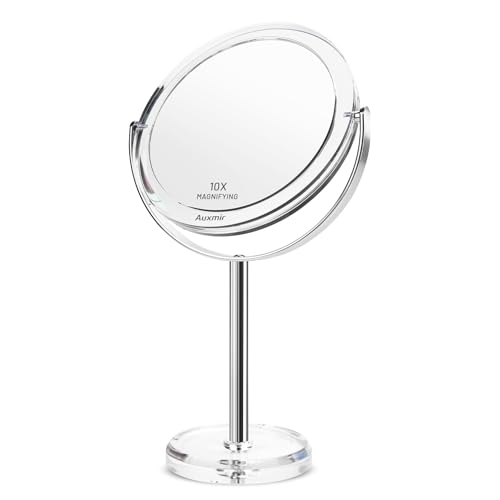The History of Mirrors
Mirrors have been used for centuries, with the earliest mirrors consisting of polished stones and metal plates. The ancient Egyptians, Greeks, and Romans all had access to mirrors, often made of polished copper, bronze, or silver. It wasn’t until the Middle Ages that mirrors began to be made from actual glass.
Glass Mirrors
Glass mirrors are made by creating a silver or aluminum coating on one side of a glass sheet. The reflective coating is typically applied using a vacuum deposition process, where the metal is vaporized and then deposited onto the glass. This process creates a smooth, highly reflective surface that is ideal for use in mirrors. Glass mirrors are commonly used in bathrooms, bedrooms, and dressing rooms and can be found in a variety of shapes and sizes.
Acrylic Mirrors
Acrylic mirrors are made from a type of plastic that is lightweight and shatter-resistant. They are often used in areas where a traditional glass mirror might be dangerous, such as in children’s rooms or in areas with high risk of breakage. Acrylic mirrors can be cut to size and are available in a range of thicknesses and colors. They are often less expensive than glass mirrors, making them a popular choice for budget-conscious consumers.
Polycarbonate Mirrors
Polycarbonate mirrors are similar to acrylic mirrors in that they are made from a type of plastic. However, polycarbonate is stronger and more impact-resistant than acrylic, making it a good choice for use in areas where safety is a concern. Polycarbonate mirrors can also be cut to size and are available in a range of thicknesses and colors. They are often used in public areas such as schools, hospitals, and gymnasiums.
Mirror Manufacturing Today
Today, mirrors are still commonly made from glass, but other materials like acrylic and polycarbonate are also widely used. With advances in technology, mirrors are now being made with even more precise coatings and are available in a wider variety of sizes and shapes than ever before. Whether you prefer a traditional glass mirror or a modern acrylic or polycarbonate one, there is a mirror out there that will meet your needs and your style preferences.






